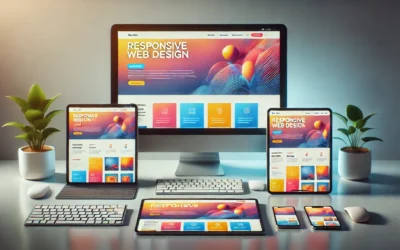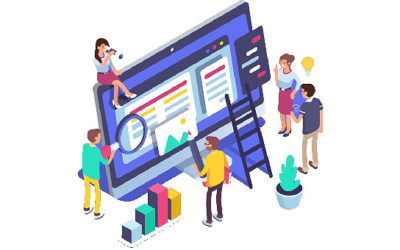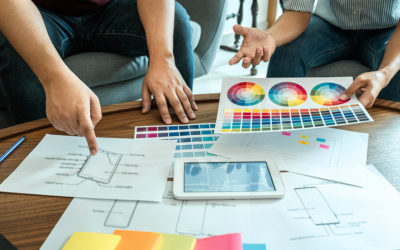 Do you work with online images? Do you take photographs to put on your website, Facebook or blog, for example? Do you email your photographs to friends or customers?
Do you work with online images? Do you take photographs to put on your website, Facebook or blog, for example? Do you email your photographs to friends or customers?
If you do any of these things then the following tips will help you get the most out of your images …….
- Firstly, get yourself a good image editor.
- Most cameras are set to produce images that are far higher in resolution than you need for images that are destined for online. In other words they are far bigger than you require and, consequently, the file sizes tend to be huge. It’s not unusual to find images of 1-2 Mb from a typical digital camera. The first thing to do, therefore, is to reduce the size to a the actual size you require. As a guide to help you work out the pixel size to use, the image at the top of this post is 150 pixels wide.
- When you’ve scaled an image down in size, make sure you compress it as you save it. This will reduce the file size of this image and speed up downloading. Compress the image to just before the point where it distorts (or pixellates). I’ve found that if you’ve saving a jpg image, then a compression value of 15 to 20 is suitable for most images.
- Keep the aspect ratio constant when you scale an image. If the size you require after scaling is different from what you actually get, then don’t be tempted to change the aspect ratio to fit. You’ll end up with an image that looks either squashed of flat. Nothing looks more unprofessional than this. Scale and then crop to get the size you require.
- Don’t be tempted to upload a large image and rely in the website to scale it down. The scaling will usually occur in the browser which means that the larger image will be downloaded each time, slowing down load time.
- If you’re emailing images as attachments do scale them and compress them beforehand otherwise the size of the email can run to anything from 1-2 Mb upwards. Most email servers set an upper limit on the email size. As a rough guide don’t try and send an email greater than 4Mb max otherwise your email may not get through to the recipient.
The best image editor is Photoshop but it does require considerable expertise to use properly and it is very expensive. An easier to use option is Paintshop Pro, but don’t buy the latest version. You can pick up a copy of Paintshop Pro 9 for under £10 on ebay. It will work fine with Win XP and Vista. If you’re running Windows 7 you will need to get Paintshop Pro X which will be a little more expensive.
Follow these tips and your images will look better, load faster and you’ll look like a professional.





